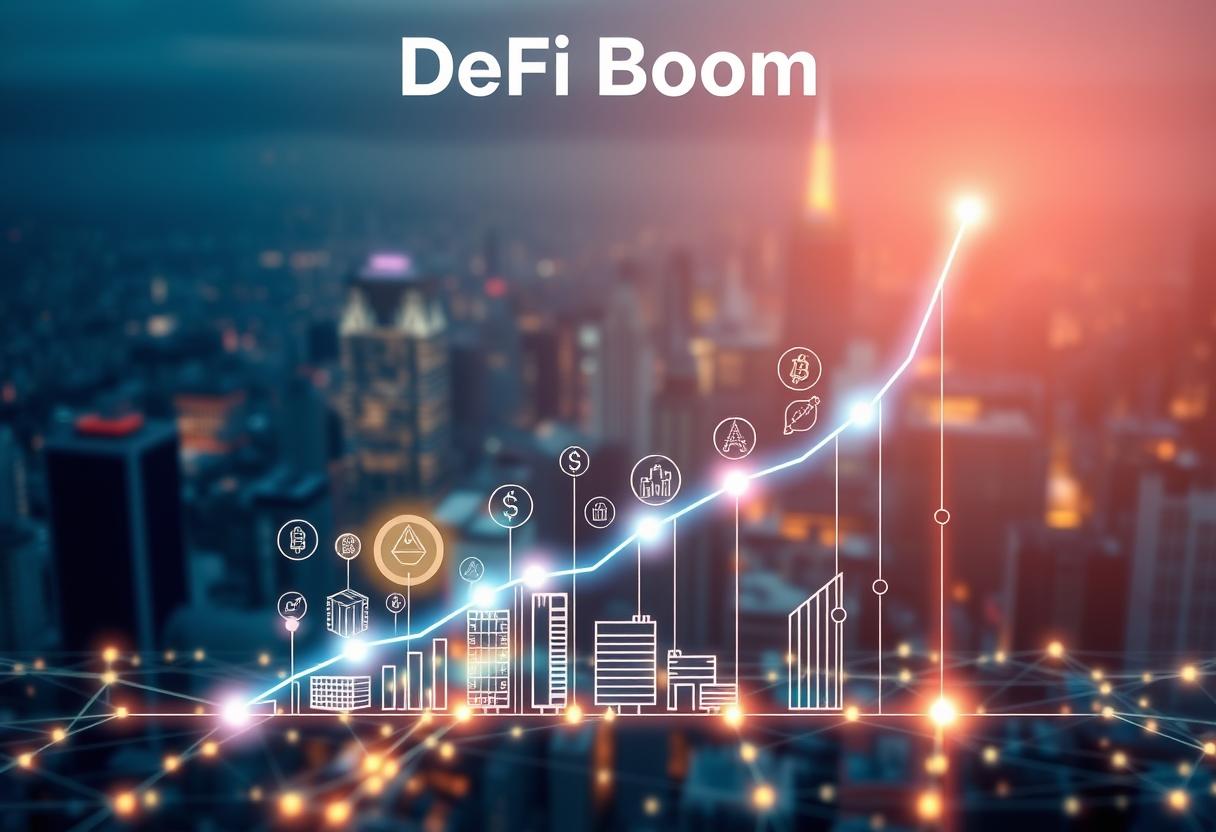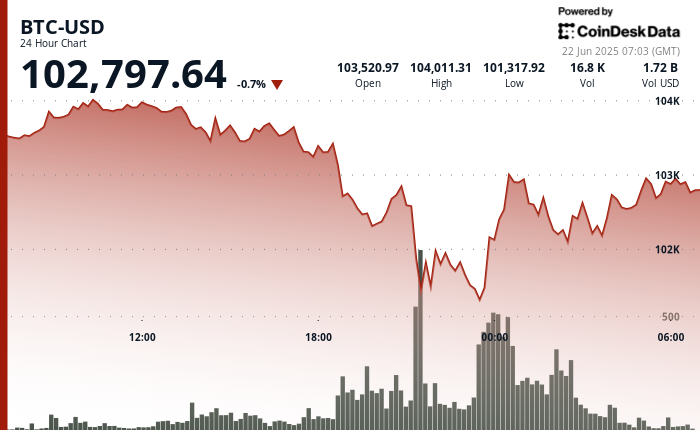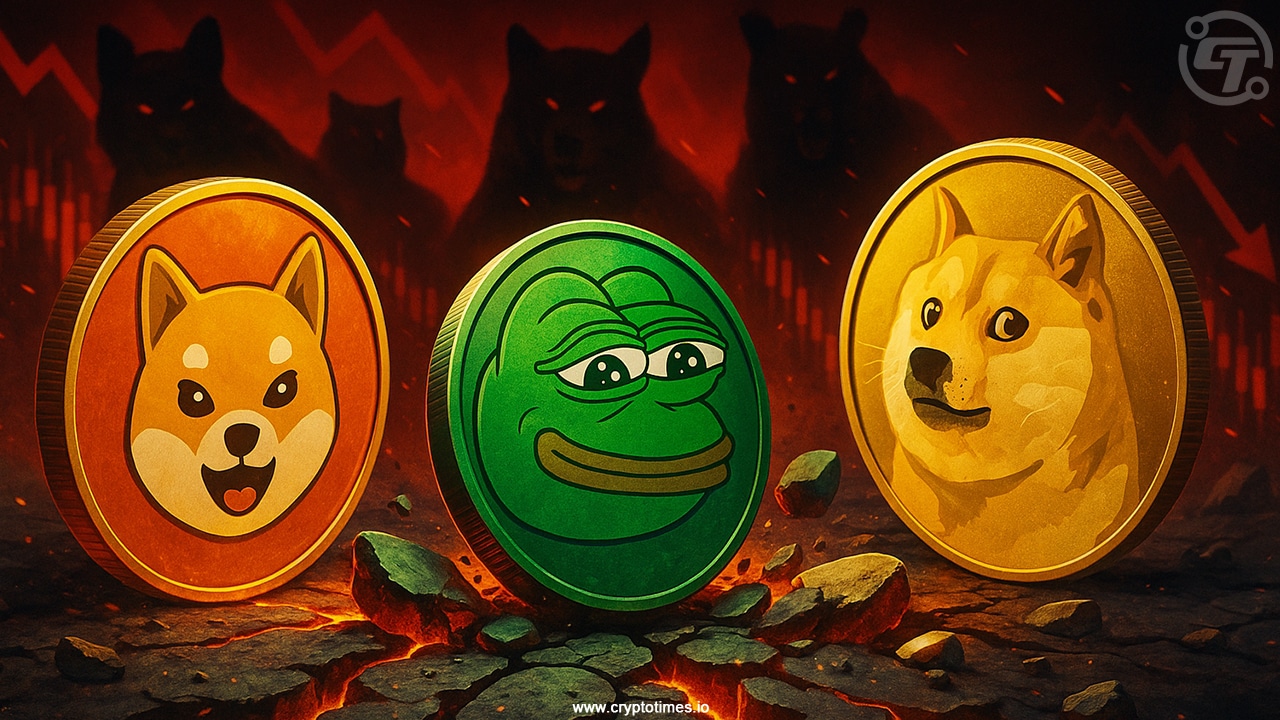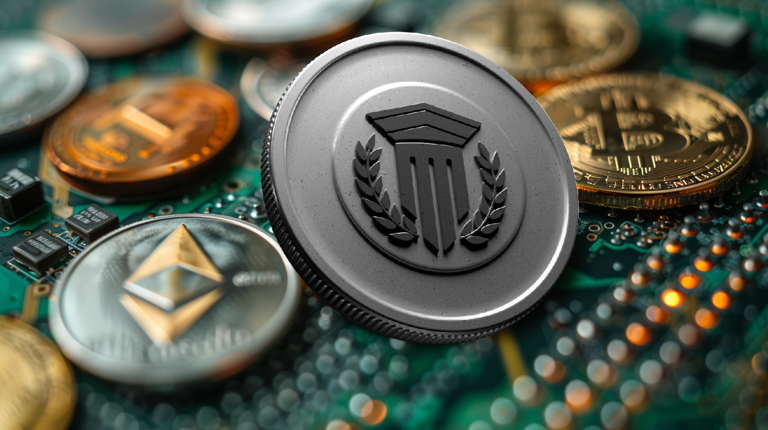Decentralized finance (DeFi) is transforming the global financial landscape, offering open and permissionless financial services. However, volatility remains one of the primary challenges preventing widespread adoption. Tokenized assets are emerging as a stabilizing force, mitigating price swings and improving the efficiency of DeFi markets.
Understanding Volatility in DeFi
DeFi markets are inherently volatile due to speculative trading, liquidity fluctuations, and external macroeconomic factors. Unlike traditional financial markets, which rely on centralized mechanisms like circuit breakers and monetary policies to curb extreme price swings, DeFi operates in a decentralized environment where market corrections happen in real-time. The absence of intermediaries, while beneficial for transparency and efficiency, exposes DeFi users to rapid and unpredictable price fluctuations.
According to a report by Messari, “DeFi’s volatility stems from its decentralized nature, lack of regulatory oversight, and the experimental nature of many protocols. While this creates high-reward opportunities, it also increases risk exposure for investors.”
The Role of Tokenized Assets in Stabilizing DeFi
Tokenized assets bridge the gap between traditional financial systems and DeFi by representing real-world assets on blockchain networks. These assets include stablecoins, tokenized commodities, real estate-backed tokens, and synthetic assets. By integrating real-world value into DeFi protocols, tokenized assets create a hedge against volatility and provide liquidity to decentralized markets.
Stablecoins as a Volatility Hedge
Stablecoins are the most prominent tokenized assets designed to reduce volatility. Pegged to fiat currencies like the US dollar, stablecoins such as USDC, USDT, and DAI offer a reliable medium of exchange within DeFi ecosystems. Unlike native cryptocurrencies such as ETH and BTC, which are prone to market fluctuations, stablecoins maintain their value, making them ideal for lending, borrowing, and yield farming.
The rise of algorithmic stablecoins has further expanded the role of tokenized assets in DeFi. Unlike traditional fiat-backed stablecoins, algorithmic stablecoins use smart contracts to maintain their peg through supply adjustments and collateral reserves. While experimental, these innovations contribute to market stability by offering decentralized alternatives to fiat-backed assets.
Tokenization extends beyond stablecoins, enabling the representation of commodities, real estate, and other tangible assets on blockchain networks. Gold-backed tokens like PAXG and tokenized real estate projects provide DeFi users with exposure to stable investments traditionally reserved for institutional investors.
By incorporating tangible assets into DeFi protocols, tokenized commodities act as a safeguard against crypto market fluctuations. Investors seeking a balanced portfolio can leverage these assets to diversify their holdings while maintaining exposure to decentralized financial instruments.
Synthetic Assets and Decentralized Derivatives
Synthetic assets mimic the value of real-world financial instruments, including stocks, bonds, and indices, without requiring direct ownership. Platforms like Synthetix and Mirror Protocol allow users to trade tokenized versions of traditional assets, offering exposure to global markets without relying on traditional financial intermediaries.
By integrating synthetic assets into DeFi, investors gain access to traditional financial markets while benefiting from the transparency and efficiency of blockchain technology. Additionally, decentralized derivatives provide hedging opportunities that mitigate the risks associated with price volatility in the crypto space.
Liquidity and Risk Management in DeFi
Tokenized assets enhance liquidity in DeFi markets by introducing new collateral types for lending protocols and automated market makers (AMMs). Platforms like Aave and MakerDAO leverage tokenized assets as collateral, enabling more efficient capital utilization while reducing exposure to extreme price swings.
Risk management mechanisms such as over-collateralization, liquidation penalties, and decentralized insurance further bolster market stability. Smart contract-based insurance protocols like Nexus Mutual offer protection against unexpected losses, ensuring that users can engage in DeFi with confidence.
Impact of Tokenized Assets on Market Stability
The introduction of tokenized assets has significantly altered the way DeFi markets function. As more traditional financial institutions begin to explore blockchain-based assets, liquidity pools are becoming more robust, mitigating risks associated with price volatility. This shift is evident in the growing adoption of stablecoins for payments, cross-border transactions, and hedging strategies.
Moreover, tokenized government bonds and securities have started gaining traction, further reducing exposure to market fluctuations. By tokenizing traditionally stable investment instruments, DeFi protocols can offer users a variety of lower-risk financial products, attracting mainstream investors who might otherwise be hesitant due to the inherent risks of cryptocurrency markets.
The Future of Tokenized Assets in DeFi
As DeFi continues to evolve, the adoption of tokenized assets will play a crucial role in mitigating volatility and enhancing market stability. Innovations in real-world asset tokenization, cross-chain interoperability, and regulatory compliance will further integrate decentralized finance with traditional financial ecosystems.
By embracing tokenized assets, DeFi platforms can provide users with more predictable investment opportunities while maintaining the core principles of decentralization, transparency, and accessibility. As institutional interest grows, the expansion of tokenized assets will unlock new possibilities for global financial inclusion, bridging the gap between blockchain technology and mainstream finance.
With the increasing number of financial institutions embracing blockchain-based assets, regulatory bodies are also working towards creating frameworks that ensure stability and security. The development of clear regulatory guidelines for tokenized assets will encourage more institutional involvement, further reducing market volatility and enhancing liquidity within DeFi ecosystems.
For more in-depth insights into the impact of tokenized assets on DeFi, refer to this comprehensive report from CoinDesk: How Tokenization is Transforming Finance.
Disclaimer
Blockchain Magazine publishes content submitted by third-party agencies, partners, and clients. Any such posts are categorized and tagged accordingly:
- Sponsored Content: Posts labeled as “Sponsored“ are paid placements submitted by third-party agencies or clients. Blockchain Magazine does not endorse or express any views regarding the information contained in these posts. The opinions expressed belong solely to the respective authors and do not reflect the official policy or position of Blockchain Magazine.
- Press Releases: Posts labeled as “Press Release“ are paid PR submissions provided by our partners and clients. These are published as received and should be considered as promotional content.
The information provided in such posts is strictly for informational purposes only and should not be interpreted as financial, investment, or professional advice. Blockchain Magazine does not recommend, endorse, or promote any specific products, services, or companies mentioned. Readers are strongly encouraged to conduct independent research and consult with a qualified professional before making any financial or investment decisions.
Additionally, all featured images accompanying such posts are intended as creative depictions of the subject matter. There is no intent to offend or misrepresent any individual, institution, or entity. If any content or imagery is found to be objectionable, please reach out to us at [email protected], and we will promptly review the concern.
You can contact us for more informations or ads here [email protected]







Leave a Reply